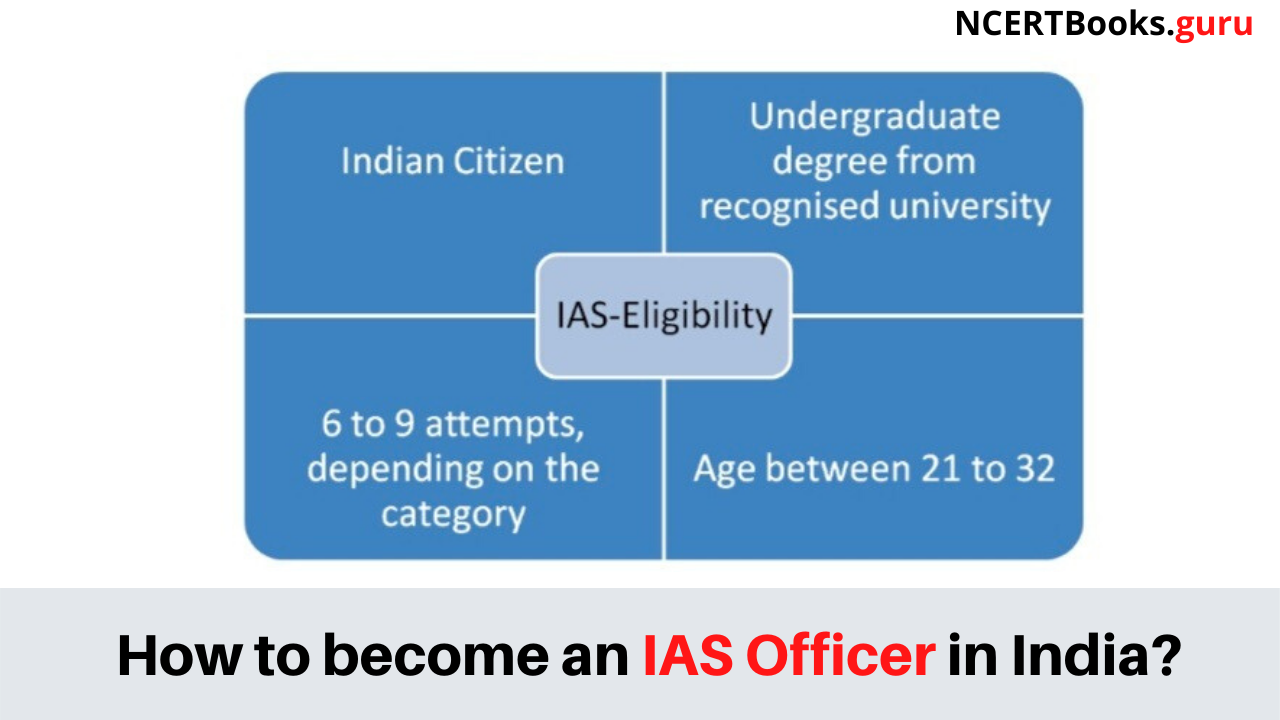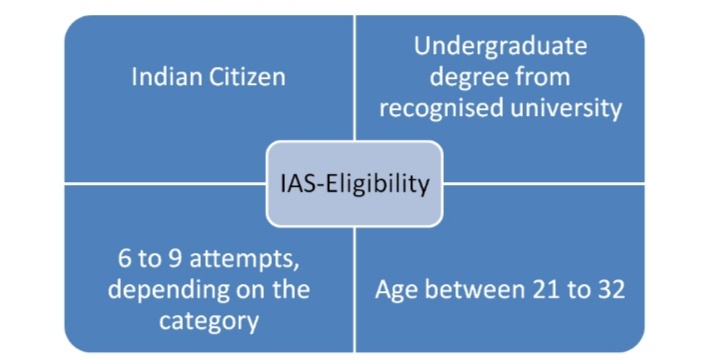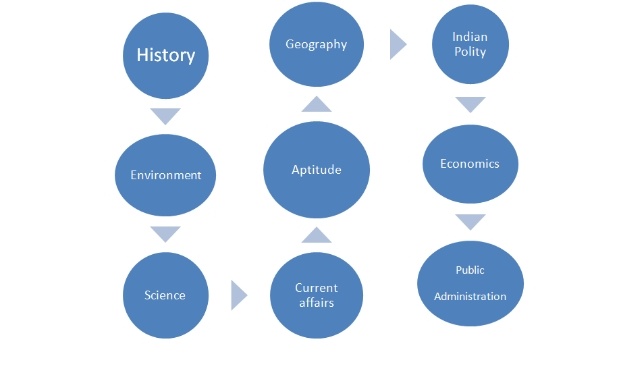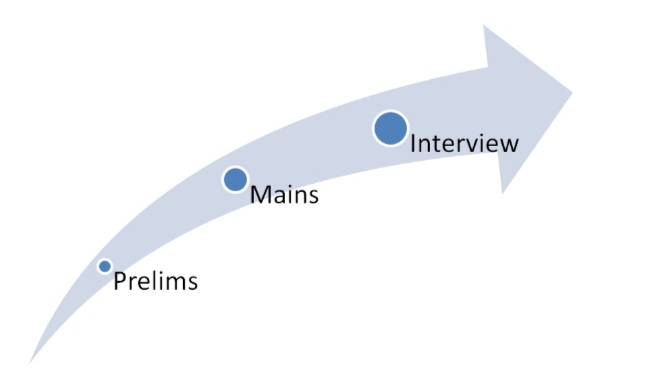Warren Hastings is considered as the brain behind establishing the British Empire in India who was also the first governor-general of Bengal from the year 1772 to the year 1785. He, along with Robert Clive of East India Company, is considered to be the most influential person in the early stages of British rule in India who established their power in the Bengal Presidency after the defeat of Nawab of Bengal Siraj Ud Daulah in the Battle of Plassey.
In this particular article on notes on Warren Hastings, we have given important facts about Warren Hastings, his contribution to the British rule in the country and how his policies paid the way for 200 years of British rule in India. This article will be useful for students preparing for various competitive examinations such as UPSC civil services, Bank PO exams and other PSU competitive exams.
We have written this article in such a way that the students can use the information both for prelims as well as mains examination of UPSC CSE. This article contains the following:
1. Who is Warren Hastings?
2. What were the reforms implemented under Warren Hastings?
3. What was the impact of Warren Hastings on the Indian subcontinent?
4. Frequently asked questions on Warren Hastings in UPSC examinations
Who is Warren Hastings?
Warren Hastings was a British statesman, who layed the foundation of the mighty British rule in India. He, along with Robert Clive of East India Company, gathered the required unity from various British factions scattered across the country to defeat the Nawab of Bengal and establish British rule for the first time on the solid of the great Indian subcontinent.
Warren Hastings is known as the first governor-general of India other than being the head of the supreme court of Bengal and the governor of the presidency of Fort William in the state of Bengal. Prior to coming to India, Warren Hastings was a British statesman and an influential political figure in Great Britain. Being a close friend of Robert Clive, in the year 1758, Warren Hastings became the British Resident in the Bengal Capital of Murshidabad. The Nawab rule was significant in Bengal before the Battle of Plassey but turned insignificant after the battle while the East India Company improved its foothold in Bengal, Robert Clive gave important political and economic tasks to Warren hustings which gradually led to the souring of the relationship between the Nawab of Bengal and East India Company.
Many historians believe that Warren Hastings was a very sympathetic man towards the problems that Indians faced in Bengal and also helped Mirjafar, the commander in chief under Siraj Ud Daulah, with respect to the demands and orders placed on him by the British East India company.
Before becoming the first governor-general of Bengal, Warren Hastings joined the East India company in the year 1950 as a clerk but soon after his joining he was shipped out to India. He gradually developed an affection towards Indians and Indian culture and tried to learn Urdu and Persian during his stay at Calcutta.
There are plenty of points that one needs to remember about Warren Hastings and we have made the following 10 points for easy reference for an IAS aspirant to remember about Warren Hastings.
1. Warren Hastings was born in the year 1732 and came to India in the year 1750 as a clerk working for the East India Company.
2. When Siraj succeeded his grandfather Nawab Ali Vardi Khan, Warren Hastings and other people from the East India company was imprisoned due to strong anti-British sentiments brought in by the new Nawab of Bengal. This improvement is famously known as the black hole massacre.
3. During the Battle of Plassey, Robert Clive rescued Warren Hastings with the help of British troops from Madras and after establishing the defeat of the nawab of Bengal, he rose to power in the Bengal presidency.
4. Warren Hastings became the first governor-general of Bengal as a result of which he was also the head of the Supreme Court of Bengal and first governor of the presidency of fort Williams.
5. After the battle of Plassey, he helped Mir Jafar become the next Nawab of Bengal.
6. The first Anglo Maratha war and the second anglo Mysore warr was fought under Warren Hastings leadership.
7. Warren Hastings believed that it was necessary for the British Crown to keep Indian kings and rulers in the good books to establish long term relationships and rule in the country.
8. Warren Hastings was impeached in the year 1786 by the house of commons before The House Of Lords in Britain, after being accused of misconduct.
9. Warren hasting left a rich legacy of British control over the Indian provinces and the people of India
10. The future of British rule in India for the next 200 years mainly depended upon the policies and methods used by Warren Hastings and his team in the mid 17th century.
What were the reforms introduced by Warren Hastings?
Warren Hastings, being a politician himself and a member of the house of commons in Britain, had a good knack for the political, economical and social structure of India and he very well knew how it can be used to establish British rule in the country. With that agenda in mind, he introduced various reforms in the country which can be argued in favour or against the Indian population depending on which angle we looked at his reforms from.
The following are some of the most important reforms introduced by Warren Hastings.
1. Warren Hastings was against the idea of the dual system in India where the powers were divided between the Nawab of Bengal and the British Crown under the East India Company. This dual system was abolished by Warren Hastings so that the entire revenue and administrative authority was under the power of the British Crown through the East India Company. This was a significant move to cut down resources for the local rulers so that they can not rebel, in future.,
2. The annual revenues that were paid to formal rulers of Mughal Emperors were also reduced and in some cases completely stoped under this abolition of the dual system headed by Warren Hastings. The main agenda behind abolishing the dual system is to give more power to the British Crown in the administrative, social and economic reforms of India.
3. There were massive changes in the revenue reforms which included shifting the capital from Murshidabad to Calcutta and establishing the Board of Revenue which came directly under the East India Company. Key officers in this Board of Revenue included British collectors and Accountant Generals who were appointed directly from Britain, thereby reducing the Indian influence in the decision making process. One of the most important revenue reforms was doing away with fines and restrictions that were placed by the Nawab of Bengal and other previous Indian rulers on the East India Company so that there was the ease of doing business for the East India company in the country.
4. Some of the main judicial reforms that had a significant impact on Indian society was abolishing the powers of Zamindar and local leaders in Bengal. Under the leadership of Warren Hastings, civil and criminal courts were established in Calcutta. In order to propagate the divide and rule policy, the British rulers abolished the Muslim laws and introduced Hindu laws across the region, in the name of uniformity, where Muslims were tried under these laws which further escalated communal tensions in the region.
5. Uniform tax rate and tariffs rate of 2.5 % for both domestic goods and foreign goods was enforced brutally against the interest of Indians under the leadership of Warren Hastings.
6. In order to gradually transfer the power from East India Company to the British Crown, Warren Hastings restricted private trade by the East India Company officials.
It can easily be said that the reforms that Warren Hastings bought in India were heavily favoured towards the British crown thereby making it easy for them to plunder Indian wealth into Britain. Although most of these reforms were protested and resisted in various forms and means by the people of Bengal, Warren Hastings continued to implement such drastic reforms which provoked Indian rulers and people across the spectrum to revolt against the British crown. This particular era gave way to the birth of one of the greatest freedom struggles the world has ever seen.
In the subsequent section below, we have given a fundamental idea of what was the impact of Warren Hastings that influenced the 200 years of British rule in India and henceforth.
What was the impact of Warren Hastings on the Indian subcontinent?
In a way, Warren Hasting’s policies paved way for the first revolt against the British British Crown in the country. It was because of the brutal nature of the judicial, economic and social reforms that Warren Hastings introduced in our society that was against the interest of Indian people that Indians came together cutting across religious lines to voice their opinions against the British crown.
Many historians believe that although Warren Hasting’s policies were a result of a direct command from the British Council, he always believed that keeping Indians and Indian rulers happy was a long-term strategy to establish British rule in the country. Historians believe that his personal views were far different from the policies that he had administered during his tenure.
Irrespective of what historians say, the policies such as the abolition of the dual system, abolition of judicial powers for the Zamindar, doing away with different religious laws and establishing the court in favour of the British Crown all helped the British East India Company to gain more power in the region and spread their wings across the country, beyond the realms of Bengal. While this is a story from one side of the coin story, from another side of the coin, that is the impact of Warren Hastings on the Indian subcontinent, leading to the unity of Indian people and made them realise that the agenda British rule in India was not to develop the country but to propagate their own vested interests.
Having said that, the policies and the way administration was conducted during his tenure has a lot of lessons for Indian leaders and civil servants in the 21st century. One of the biggest takeaways from the mistakes of Warren Hastings is the centralisation of power which in retrospect was not a good strategy looking at from a long term perspective and the best way to administer our country is through decentralisation of power and giving more influence to the local leaders. Like Warren Hastings, there are plenty of lessons for the Indian leaders in today’s world to learn and unlearn to build a better society. Students preparing for the Indian civil services examination will have to thoroughly study about the impact of Warren Hastings on the Indian subcontinent and how it can be extrapolated to the present-day situation in the country.
Frequently asked questions on Warren Hastings in competitive examinations like UPSC
1. Who was the first governor of Bengal?
Answer – Warrens Hastings was the first governor-general of Bengal
2. What was the dual system?
Answer – Dual system, which was infamously introduced by Robert Clive and abolished by Warren Hastings, was a system in which the east India company had the right to collect revenue while the nizam had the administrative authority.
3. Who headed the Anglo Mysore and Anglo Maratha wars?
Answer- Under the leadership of Warren hasting, Anglo Mysore and Anglo Maratha wars were fought.
4. Who passed the regulating act of 1773?
Answer- Warren Hastings passed the regulating act of 1773.




